
views
Teacher improvement plans, also referred to as educator improvement plans, are co-written documents between a teacher who has displayed deficiencies in his or her job and the school's administrator. There is no standard format for teacher improvement plans; they can vary by district or even by principal. The fundamental objective of these plans is to provide support to the struggling teacher by identifying his or her weaknesses and then develop a strategy for growth. Use these steps to compose an educator improvement plan.

Identify and discuss the educator's strengths and weaknesses. Talk about problems detected in past classroom evaluations and how those issues were not improved upon subsequently. Report on specific situations and in which the teacher displayed a lack of proficiency. Review letters of complaint addressed to the teacher from students, other teachers, administrators or parents. Recognize the teacher's strengths as a way to show encouragement that he or she can and will improve with the right strategy employed.
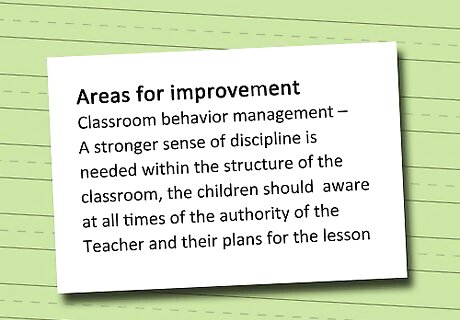
Write down each area that needs improvement in a single column. Create concise yet detailed notes. For example, if the teacher is having difficulty disciplining his or her students, write "Classroom behavior management" as an area that needs improvement.
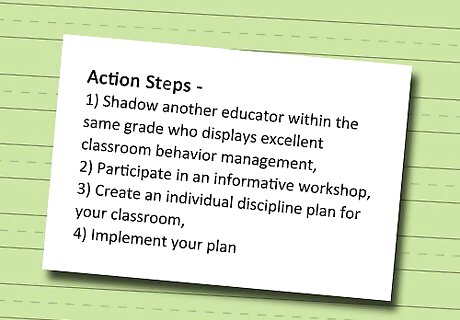
Formulate detailed steps to remedy each problem area. Collaborate with the teacher to work out how gains will be made. For example, if a teacher is having difficulties with classroom behavior management, a set of action steps could look like this: "1) Shadow another educator within the same grade who displays excellent classroom behavior management, 2) Participate in an informative workshop, 3) Create an individual discipline plan for your classroom, 4) Implement your plan."
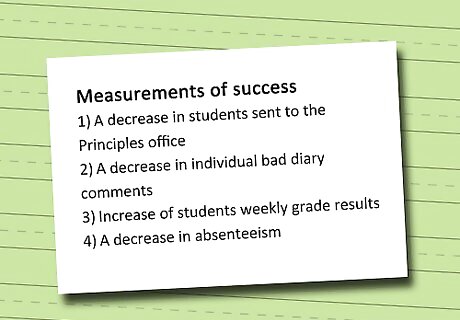
Determine how improvement will be measured. Come to an agreement with the teacher about the evidence necessary to prove progress. With the behavior example, a fair measurement might be a decrease in students sent to the principal's office or a decrease in unruliness during classroom observations.

Name a specific timeline for completion of area for improvement. Discuss with the teacher a reasonable time frame in which he or she can implement the changes. Notify the teacher of the consequences if he or she does not improve within the agreed upon timeline.
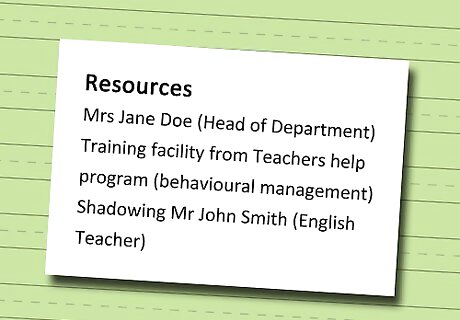
Provide a list of resources the teacher can use to guide him or her throughout the plan. Include in-school mentors, teacher improvement centers and handbooks that might be helpful.
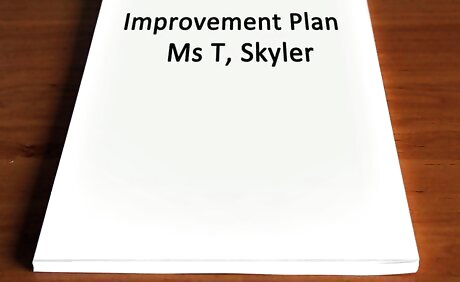
Read over the plan together after the draft is complete.
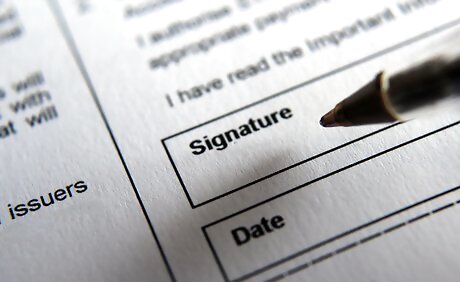
Sign and date the teacher improvement plan and have the teacher do the same. Make copies.


















Comments
0 comment